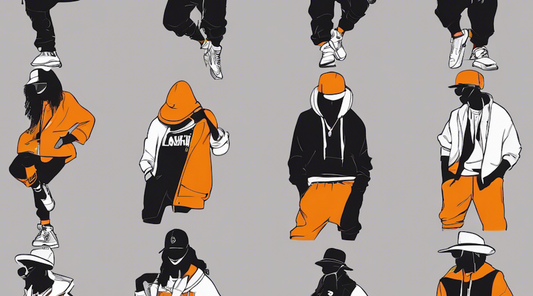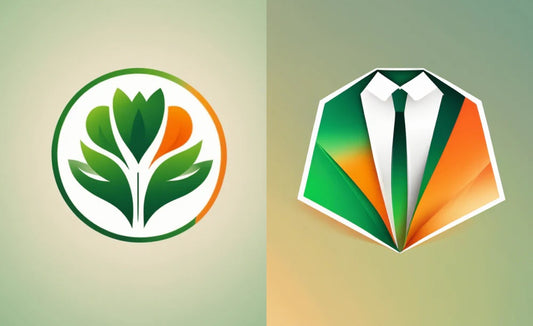Introduction
Hello☺
I would like to briefly introduce the production content of the items we recently released.
Here are the items:
Suit (Silver): Mirror Suit Silver
Suit (Black): Mirror Suit Black
Theme and Design of the Items
Theme
This work was inspired by the wear presented in the accelerando.Ai CONTEST #5 -Coordinated Bag- .
※For the bags, please refer to this blog ☺

metallic
The theme is virtual fashion with unique details.
We used a glossy, metallic material, featuring large puffy sleeves and straight, sharp creases as its characteristics.
Design
Volume and Shape of the Sleeves
In the CLO simulation, we added tucks and applied pressure to slightly puff it up.
Then, we adjusted the overall volume and the way edges were incorporated using Blender.

Panels
Initially, we thought of adding internal lines in the CLO simulation and then separating the parts in Blender.
However, that left a cloth-like feel that didn't match our image, so once we had a rough shape, we moved on to high-poly model production and performed retopology work to finalize the shape.
This allowed us to progress the work almost without transitioning from a high-poly model to a low-poly model, and we were able to express a panel-like appearance close to our image.

Here is the ZEPETO model we created this time.

Key Points of This Production
Bevel
A key point in production was how to express the appearance of panels across the entire model.
For the first time, we primarily used the bevel function, which we hadn't applied to CLO models before.
Bevel is a function that smooths out the edges and vertices of an object.
Specifically, it is used to round off sharp edges and corners to achieve a more natural and realistic appearance.
Beveling is particularly important in modeling hard surfaces as objects in the real world rarely have perfectly right-angled edges but are slightly rounded.
This subtle curve affects how light reflects and shadows cast, giving objects a sense of reality. Applying bevels allows 3D models to achieve a similar effect.

There are several ways to apply bevels, but in this case, since there were many places to apply, we used a modifier and further utilized the 'weight' method from the Limit Method options within that feature.
Using weight allows for detailed control by setting the intensity of the bevel on individual edges or vertices, making it handy when you want to apply bevels only to specific edges or vary the size of bevels between edges.

Shader (About Cubemap)
Expressing metallic on ZEPETO has always been challenging.
We managed to create reflections resembling metallic, but how to correspond with the environment remained an issue.
Upon researching items deployed on ZEPETO that use metallic, we discovered shaders that could incorporate something like an environmental map.
The shader we used is Legacy Shaders/Reflective/Bumped Diffuse.
This shader can simulate environmental reflections, making it seem as if the object is reflecting light and color from its surroundings. It is suited for scenes that require realistic reflection effects, such as metallic materials or wet surfaces.

A key feature of this shader is the use of a "Reflection Cubemap." Reflection Cubemap is a texture that captures the surrounding environment from all directions, used to make objects in the scene appear as if they are reflecting that environment.
For those interested, Unity's official website has a manual on this Cubemap.
For this Cubemap, we used a rendering of the Blender scene set up for ZEPETO production, projected onto a sphere.
The sphere was assigned the same material used for the wear.

This is the actual rendering image we used.

Furthermore, to achieve a cleaner reflection, we discontinued the use of normal maps, and any necessary textures were directly adjusted on the model.

※ Unfortunately, the function to select CullOff (introduced in the previous blog) is unavailable, so it's necessary to create mesh for the backside of needed parts.
In conclusion,

We introduced the production content of our newly released wear.
Finding a new shader that extended our range of expression was greatly beneficial for future productions!
Our company produces ZEPETO models selected from the accelerando.AI design contest held monthly.
Contest details for this round: https://jp.open-fashion.com/blogs/news/accelerando-bags-matching-brand-design
As we host these contests approximately monthly, we encourage those interested to participate.
※ For more details, please check the OpenFashion official website.
We look forward to creating diverse items together with everyone's ideas.
We hope you look forward to our next release☺

![3D CG Production: [ZEPETO: January Release Items] Mirror Suit Silver](http://open-fashion.com/cdn/shop/articles/mirror_suit_silver_thumb_240216.jpg?v=1708099312&width=1100)
![[Easy on Your Smartphone] How to Create ZEPETO Items with Maison AI](http://open-fashion.com/cdn/shop/articles/387ac76082623e94218de7c076a87675.jpg?v=1712232721&width=533)

